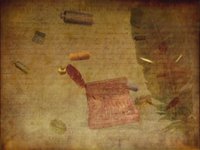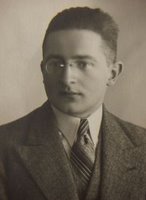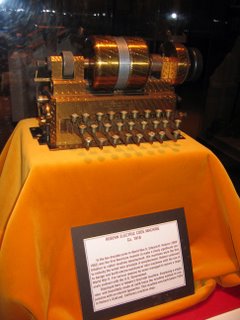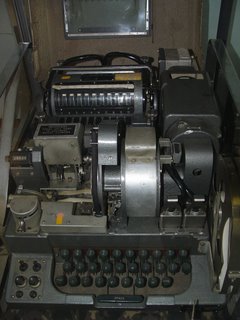National Treasure
Happy New Year!
Anyone remember National Treasure from 2004? The film itself, something of a Da Vinci Code style adventure starring Nicolas Cage, wasn't that great. However, it had some fun DVD extras. One was a short featurette on codes and ciphers, and in the background were various things flying about, including a few rather obscure historical cipher machines; none of these machines were mentioned in the featurette itself.
Your challenge, if you choose to accept it, is to identify the three cipher machines and the cipher machine component depicted in the following screen captures (click to enlarge).



Anyone remember National Treasure from 2004? The film itself, something of a Da Vinci Code style adventure starring Nicolas Cage, wasn't that great. However, it had some fun DVD extras. One was a short featurette on codes and ciphers, and in the background were various things flying about, including a few rather obscure historical cipher machines; none of these machines were mentioned in the featurette itself.
Your challenge, if you choose to accept it, is to identify the three cipher machines and the cipher machine component depicted in the following screen captures (click to enlarge).







